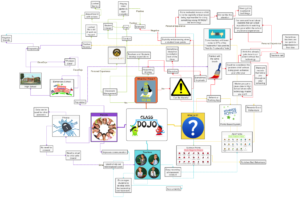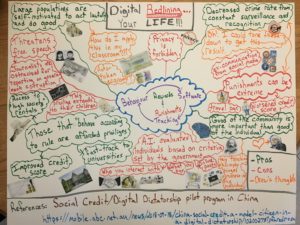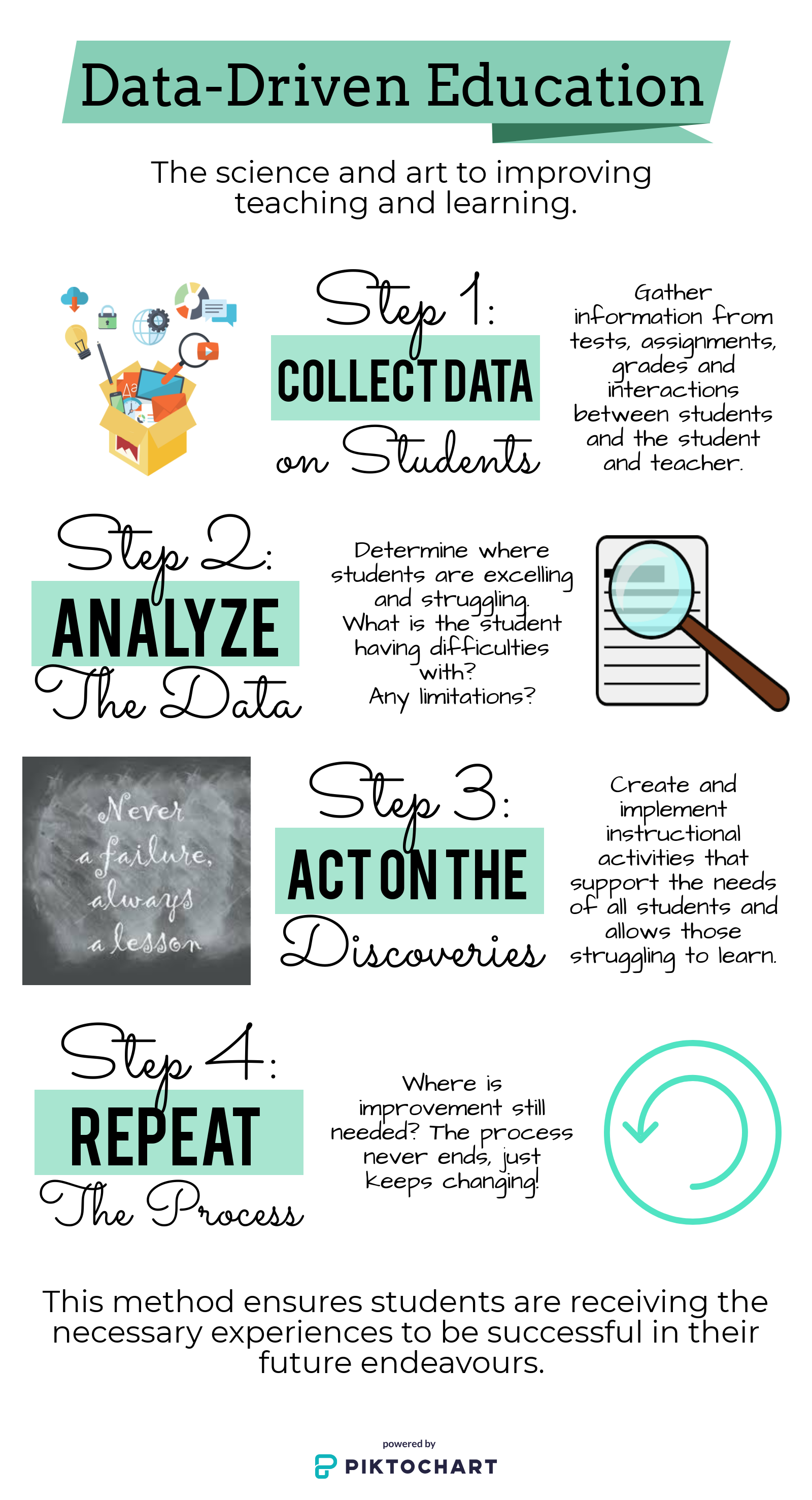The Influence of Participatory Culture on Education is a short video that really cuts to the chase. As an in-service teacher, I can understand how scary it might be to include social media in a classroom. There is so much at risk. But like the podcast from 3 weeks ago mentioned, some risk is worth the reward.
I was really surprised when Jenkins said certain social media-based school conversations is considered cheating. I couldn’t agree with him more when he says that this just enforcing the old-school autonomous learning model. There is no difference talking about exam material face-to-face or on social media. This is one of the ways technology is excellent for education. Students can come together in a time of desperation and can help each other out with just the click of a button.
The second main topic that Jenkins covered in the video was an interesting one. I admire his intentions, however I am afraid I don’t feel exactly the same about open sourced free online education. We’ve all learnt so much from YouTube since its birth in 2005. Jenkins believes that University Professors should upload their course-related videos to the life-changing social network instead of uploading them onto a privately owned network ran by the institution. I understand that some students who deserve an education but can’t afford it would benefit immensely from this. However I am concerned how this will have an effect on teacher employment in the future. Like I mentioned in my Twitter essay, is it possible one day that a few remarkable teachers might take over the jobs of the rest of us? It is impossible to know.
In my Twitter essay I talked about how Michele Jacobsen (Teaching in a Participatory Digital World) thinks technology can relate to real life work which would potentially get students excited about their future. She says students would get motivated about “[…] opportunities that are similar to the everyday activities of [working] professionals”. As a future math/science teacher, naturally this got me thinking. I like the idea of having my students do an project about global warming or the importance of recycling, and being able to share it with other students around the world. Or an arts teacher could upload the class’ anti-bullying posters on the internet to spread awareness. The possibilities are endless.
Finally, since reading this article, I’ve been struggling to think outside the box of how I can include technology into a mathematics classroom. I came up with one idea where perhaps students could use www.desmos.com to plot functions for an assignment that I have yet to come up with. This would graze the surface of programming functions for those who are interested in pursuing a career in that field one day, and for the rest of them, they would gain skill on a graphing calculator.
Twitter Essays are my new favourite way to publish my multimedia reflections. I am not a very visual person, so this allowed me to express my thoughts through words and GIFs. The biggest challenge was staying within the 240 character limit per post. I do appreciate the existence of this character restriction because it forced me to summarize the video/article and format my essay with informal bullet points. Because each post ranges between 1-4 sentences, hopefully it also captivates the reader more than a regular essay would.
To read the Twitter essay in its full glory, click here.
To watch Henry Jenkin’s video, click here.
To read Michele Jacobsen’s article, click here.
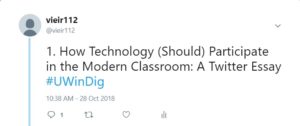
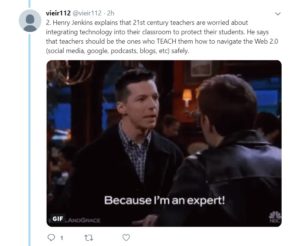
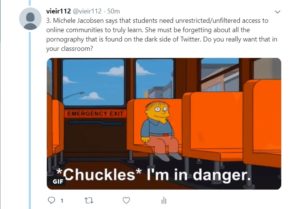
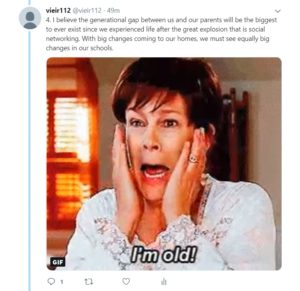
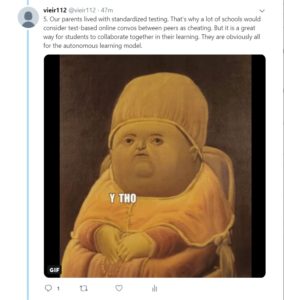
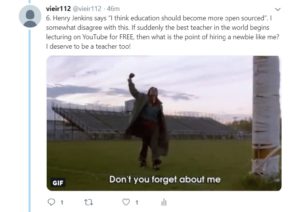
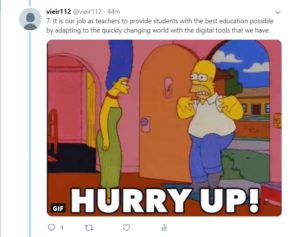
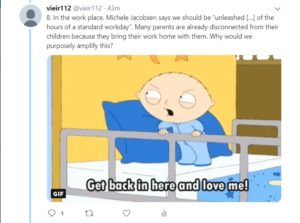
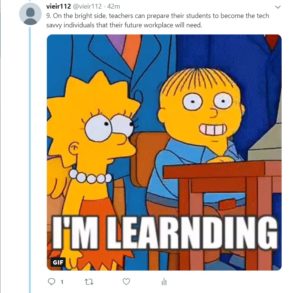
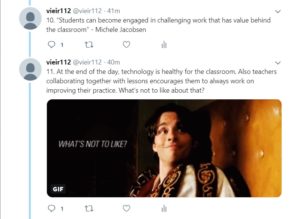
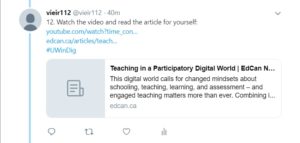


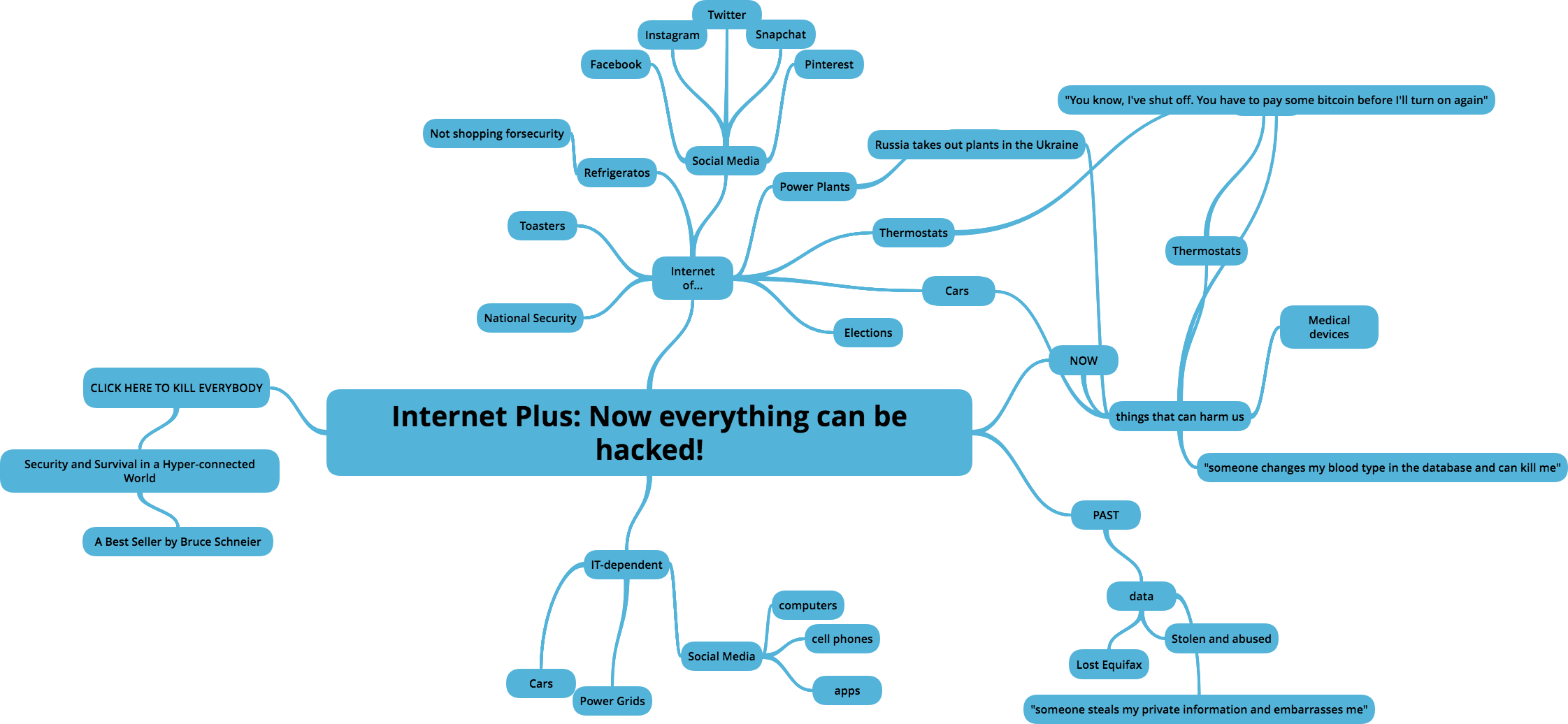
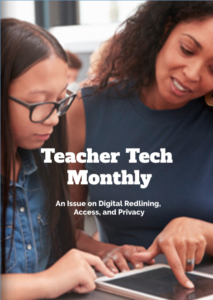
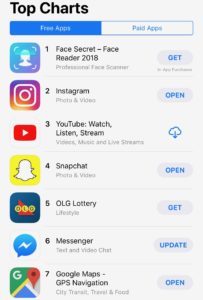 experienced due to recent sandals. While Facebook has been experiencing a decline, it still manages to have 2.23 billion monthly users. Facebook owns many other social media platforms such as WhatsApp, Instagram and Messenger which has helped them overcome their recent struggles as seen in Apple’s rankings of most popular free applications. Over the recent
experienced due to recent sandals. While Facebook has been experiencing a decline, it still manages to have 2.23 billion monthly users. Facebook owns many other social media platforms such as WhatsApp, Instagram and Messenger which has helped them overcome their recent struggles as seen in Apple’s rankings of most popular free applications. Over the recent incorporated into WhatsApp and Messenger as another source of income in order to help save Facebook.
incorporated into WhatsApp and Messenger as another source of income in order to help save Facebook.
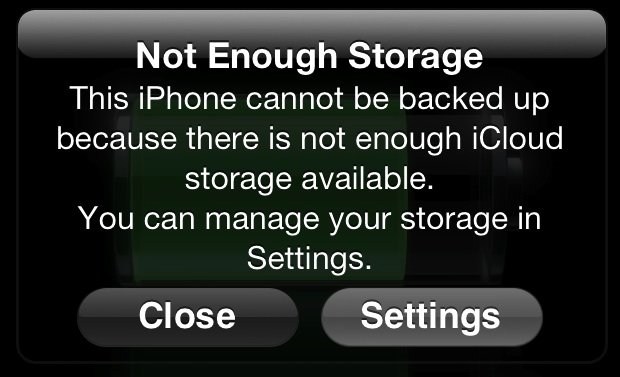 feature because iCloud doesn’t have the capacity to hold all of my pictures and I’m too cheap to pay for extra storage in all honesty. The text forced me to be more critical and think about what I am posting on social media because I now know that my photos aren’t only seen by me and that others may have access to them as well. Overall, I still enjoy using Facebook and being able to interact with friends and family through one simple click or like and I will think twice about posting something on Facebook in the future.
feature because iCloud doesn’t have the capacity to hold all of my pictures and I’m too cheap to pay for extra storage in all honesty. The text forced me to be more critical and think about what I am posting on social media because I now know that my photos aren’t only seen by me and that others may have access to them as well. Overall, I still enjoy using Facebook and being able to interact with friends and family through one simple click or like and I will think twice about posting something on Facebook in the future.

